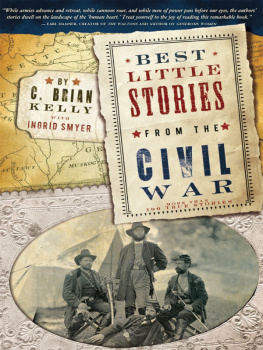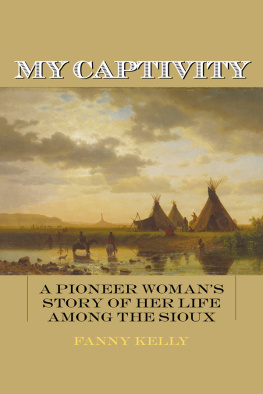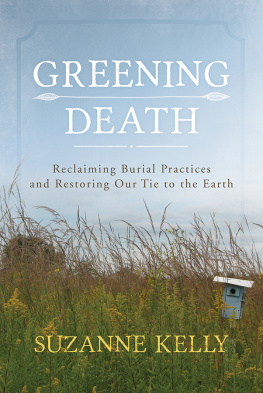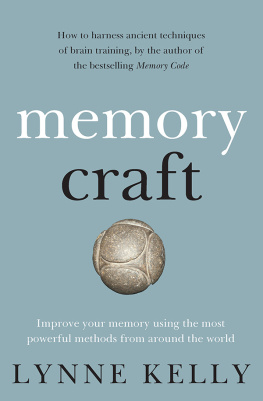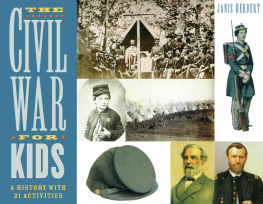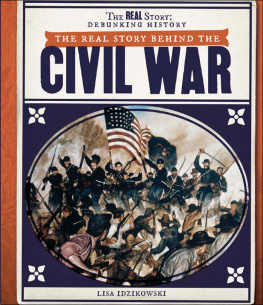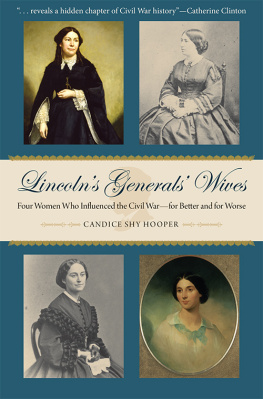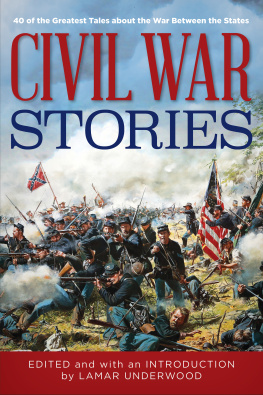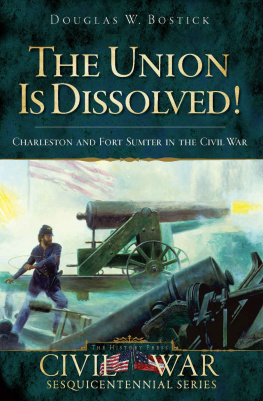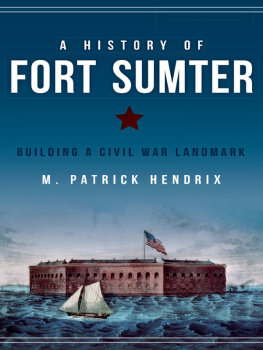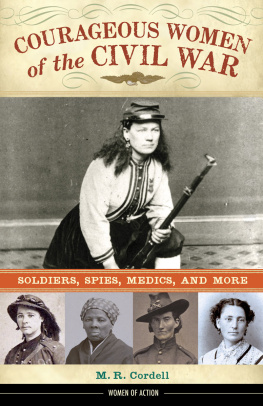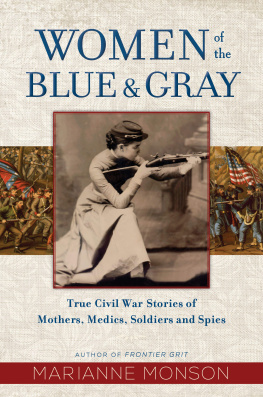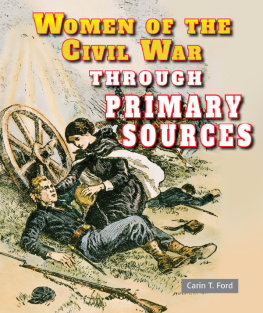BEST LITTLE STORIES FROM THE CIVIL WAR
MORE THAN 100 TRUE STORIES
By C. BRAIN KELLY
WITH
INGRID SMYER

Copyright 1994, 1998, 2010 by C. Brian Kelly and Ingrid Smyer
Cover and internal design 2010 by Sourcebooks, Inc.
Cover design by The Book Designers
Cover images courtesy of The Library of Congress; nicoolay/iStockphoto.com; Shutterstock.com
Sourcebooks and the colophon are registered trademarks of Sourcebooks, Inc.
All rights reserved. No part of this book may be reproduced in any form or by any electronic or mechanical means including information storage and retrieval systems except in the case of brief quotations embodied in critical articles or reviewswithout permission in writing from its publisher, Sourcebooks, Inc.
This publication is designed to provide accurate and authoritative information in regard to the subject matter covered. It is sold with the understanding that the publisher is not engaged in rendering legal, accounting, or other professional service. If legal advice or other expert assistance is required, the services of a competent professional person should be sought.From a Declaration of Principles Jointly Adopted by a Committee of the American Bar Association and a Committee of Publishers and Associations
All brand names and product names used in this book are trademarks, registered trademarks, or trade names of their respective holders. Sourcebooks, Inc., is not associated with any product or vendor in this book.
Published by Cumberland House, an imprint of Sourcebooks, Inc.
P.O. Box 4410, Naperville, Illinois 60567-4410
(630) 961-3900
Fax: (630) 961-2168
www.sourcebooks.com
Library of Congress Cataloging-in-Publication Data
Kelly, C. Brian.
Best little stories from the Civil War : more than 100 true stories / by C. Brian Kelly; with Ingrid Smyer.2nd ed.
p. cm.
Includes bibliographical references and index.
1. United StatesHistoryCivil War, 1861-1865Anecdotes. I. Smyer-Kelly, Ingrid II. Title.
E655.K25 2009
973.7dc22
2009042114
Printed and bound in the United States of America.
VP 10 9 8 7 6 5 4 3 2 1
Other Books by C. Brian Kelly & Ingrid Smyer
BEST LITTLE STORIES
FROM THE AMERICAN REVOLUTION
BEST LITTLE STORIES FROM THE LIFE AND
TIMES OF WINSTON CHURCHILL
BEST LITTLE STORIES
OF THE BLUE AND THE GRAY
BEST LITTLE IRONIES, ODDITIES & MYSTERIES
OF THE CIVILWAR
BEST LITTLE STORIES
FROM THE WHITE HOUSE
BEST LITTLE STORIES
FROM THE WILD WEST
BEST LITTLE STORIES
FROM WORLD WAR II
BEST LITTLE STORIES FROM VIRGINIA
For our children,
Beth, Charlie, Fran, Hal, Jimmy, Katheryn, Sid
Introduction
HERES OUR PREMISE: HISTORY CAN BE TOLD IN LITTLE BITS AND PIECES AS WELL AS in heavyweight and multi-volume tomes.
All too often, even the best recitals of great events can overlook the basic human story lurking behind those same great events. And thats where our series of Best Little Stories historical books comes into the picture. Thats us history as short, narrative bits.
Butcan that work?
Reviewer Craig. K. Allen seemed to think so, seemed to catch both the intent and flavor of our approach in the Macon (Georgia) Telegraph when he described our Best Little Stories from the White House as a genre not quite practiced by anyone else and said the books stories possess the immediacy of a front-page newspaper article.
Also gratifying was the reaction of Bill Ruelhmann, Books columnist at the Norfolk (Virginia) Virginian Pilot, back in 2002 to our newly published Best Little Stories from the Wild West. Our digging for historical gold in mundane earth, he wrote at that time, had enabled us to prise forth glittering nuggets of nifty narrative that, packed tight in the thick treasure boxes of their paperbound anthologies, make for truly priceless reading.
Thanks of course to Craig and Bill. But how does it work, you may be asking. Best Little Stories, we say? Exactly what does that mean? Well, as I wrote in an earlier edition of this, the first of our three Best Little Stories Civil War books, I once was a newspaperman. I always looked for the good, i.e., the best, story. Be it cheerful, light and frothy, or hard-hitting, sad, poignantit didnt matter. Just the good story. The kind the reader would read. No message, just the unusual, the obscure, the fascinatingthe gripping, the touching human story.
When I turned to history as the first editor of Military History and World War II magazines, I was inclined from the start to treat history as journalismto look for the little nuggets gleaming with pathos, cheer, tragedy, ironythe human-interest stories in history.
Together with my wife and book collaborator Ingrid, I came to call them Best Little Stories in this and our companion historical books (there are nine total as of this writing). Little in part because, yes, the stories may be shorter than historical accounts. But also because in most cases, they focus more on the individual person at, say, Gettysburg, rather than simply report the size of the armies, who won the battle and how they did so.
Rather than write a straightforward, fact-filledbut potentially dullshort biography of U. S. Grant as the Union general who finally won the Civil War for Abraham Lincoln, its far more interesting to recall the little moment when he led his troops toward his first conflict of the entire Civil War with very human fear and trepidation: [M]y heart kept getting higher and higher until it felt to me as though it was in my throat. I would have given anything then to have been back in Illinois.
And then, delicious irony, the enemy he expected to meet just over the brow of the next hill was gone, decamped.
In like fashion, its one thing to take note that the landscape of the Civil War was often peopled by black slaves (keyword: peopled), but its important also to cite their own individual experiences, whether its Booker T. Washington recalling his first moments of freedom, Frederick Douglass reciting his brutal treatment before escaping to freedom, or other, far lesser-known slaves telling their own stories. Or, for that matter, the tale of how the young, newly freed black youth named Booker finally acquired a last name.
But this isnt a book all about soldiers and slaves, which, to judge by many historical accounts, were the principal parties of the Civil War. Instead, our Civil War stories often are about the average civilian, sometimes even special groups. For instance: Congress.
Or, more precisely, read in the pages to follow about a member of Congress who had to ride to his nations capital in an unheated freight car, then had to wear unlaundered shirts and socks for many days at a time, while his wife and children remained at home under constant threat of invasion. Such was life, not all that unusual a case, actually, for a member of Congress from Georgiathe Confederate Congress meeting in Richmond, that is.
Were conditions that much better in Washington, D.C., the Union capital and home to the United States Congress? Undoubtedly, yes. But its easy for us to forget that the Federal capital was an incomplete, even primitive urban center by modern standards. Not a sewer blessed the town, nor off of Pennsylvania Avenue was there a paved gutter, wrote Ohio Congressman Albert G. Riddle, albeit with perhaps some exaggeration.
Meanwhile, First Bull Run in the first July of the Civil War was a rout of the Federal forces defending the same Washington, D.C., correct? Quite so, and so easy to recite today as part of any listing of the major battles of the Civil War. But the real sense of the panic among the retreating Union forces comes through from the onlooking Congressman Riddles own eyewitness account of the retreat.

